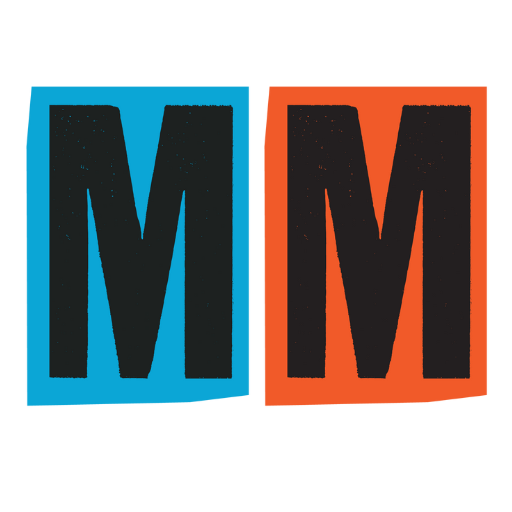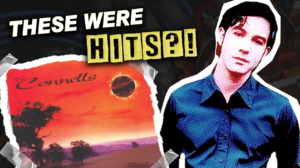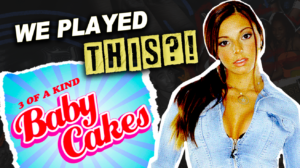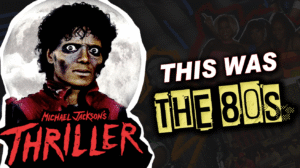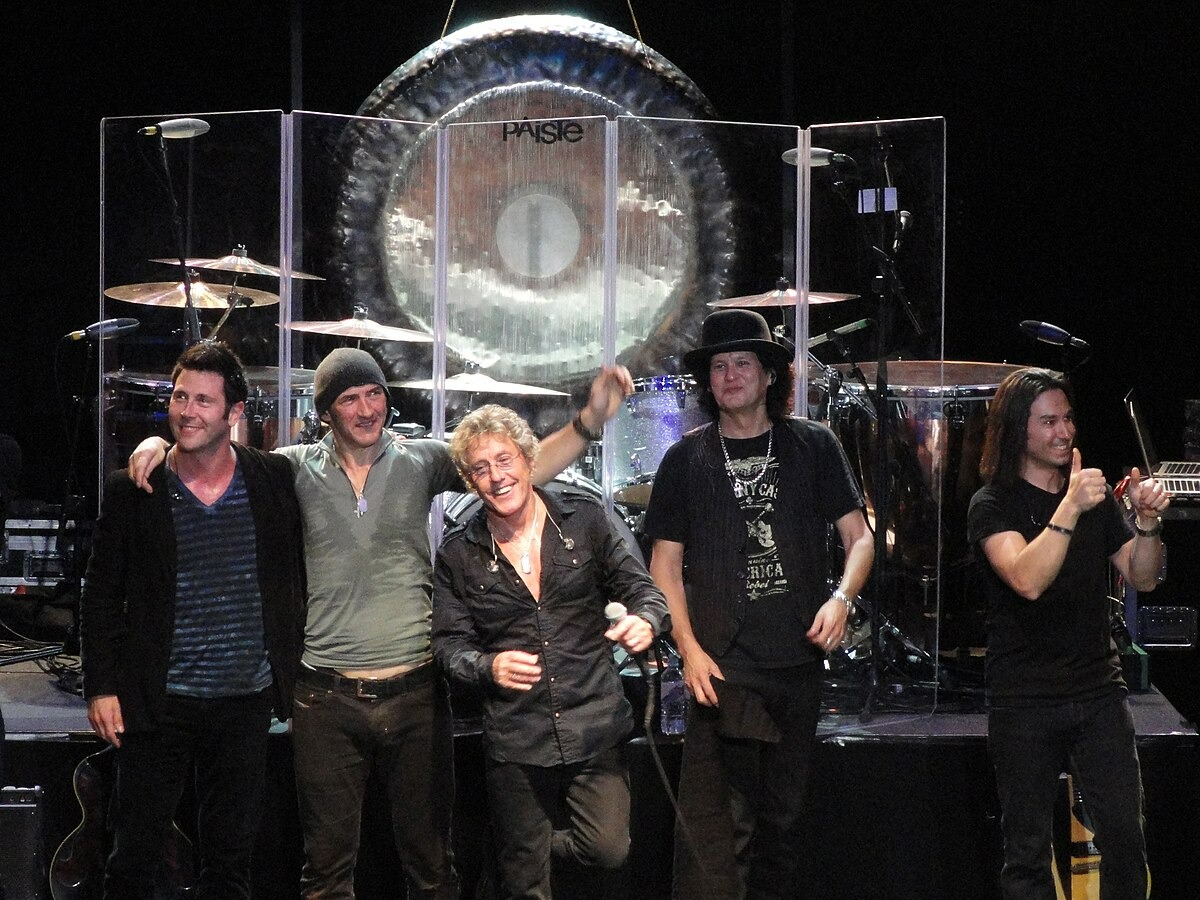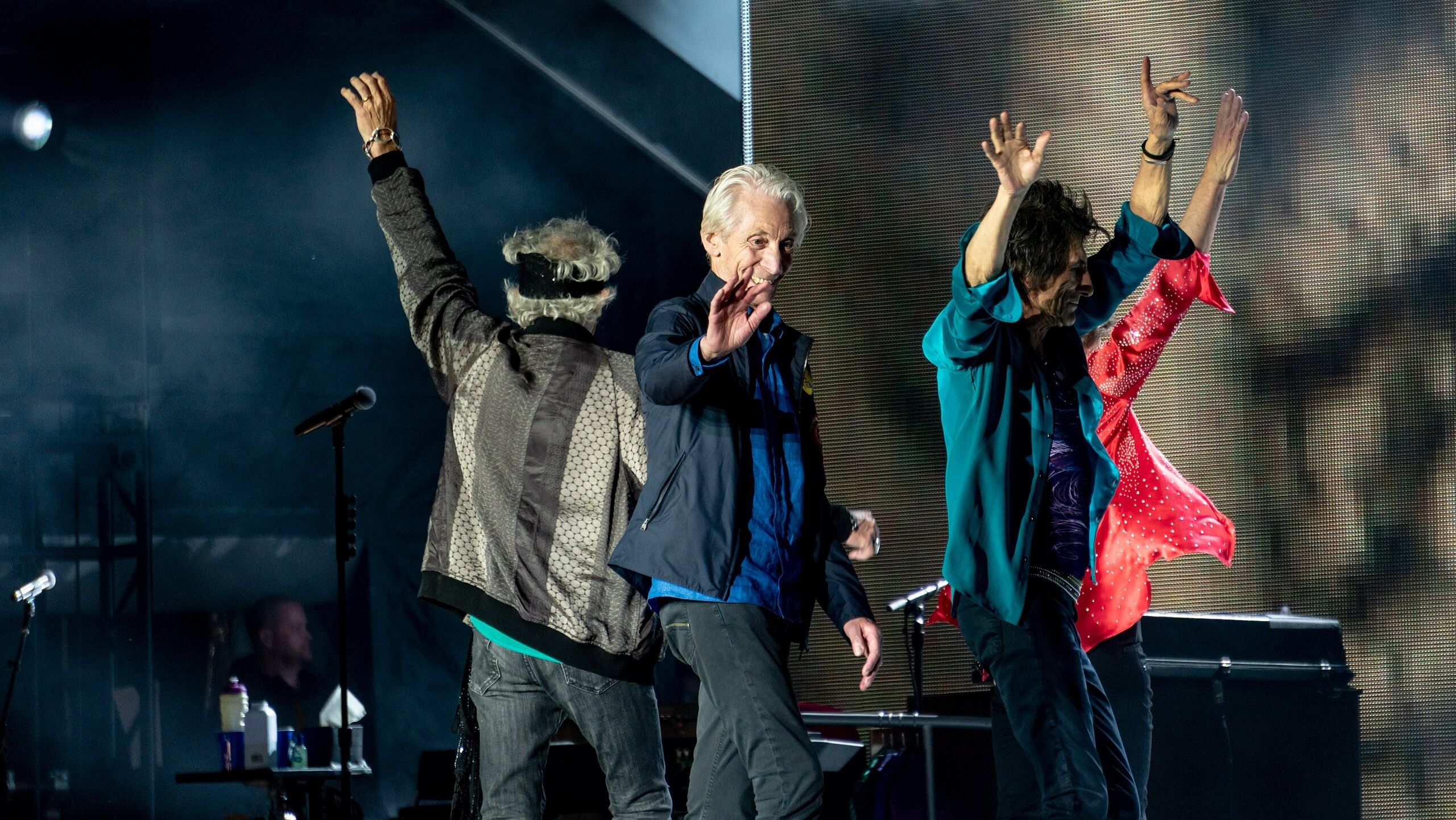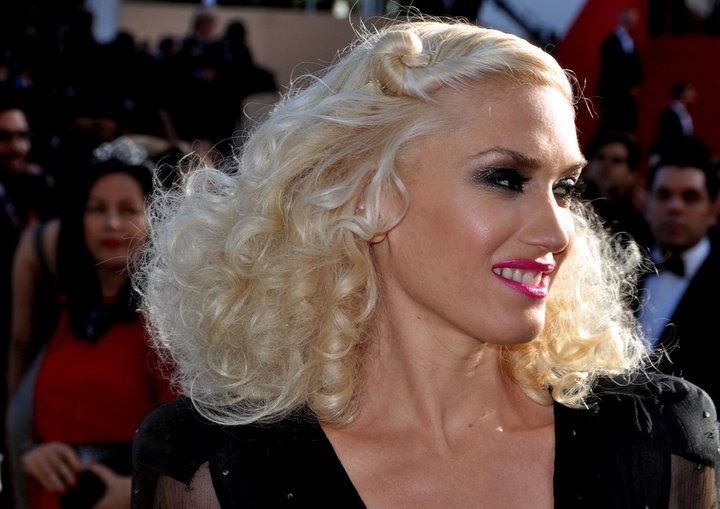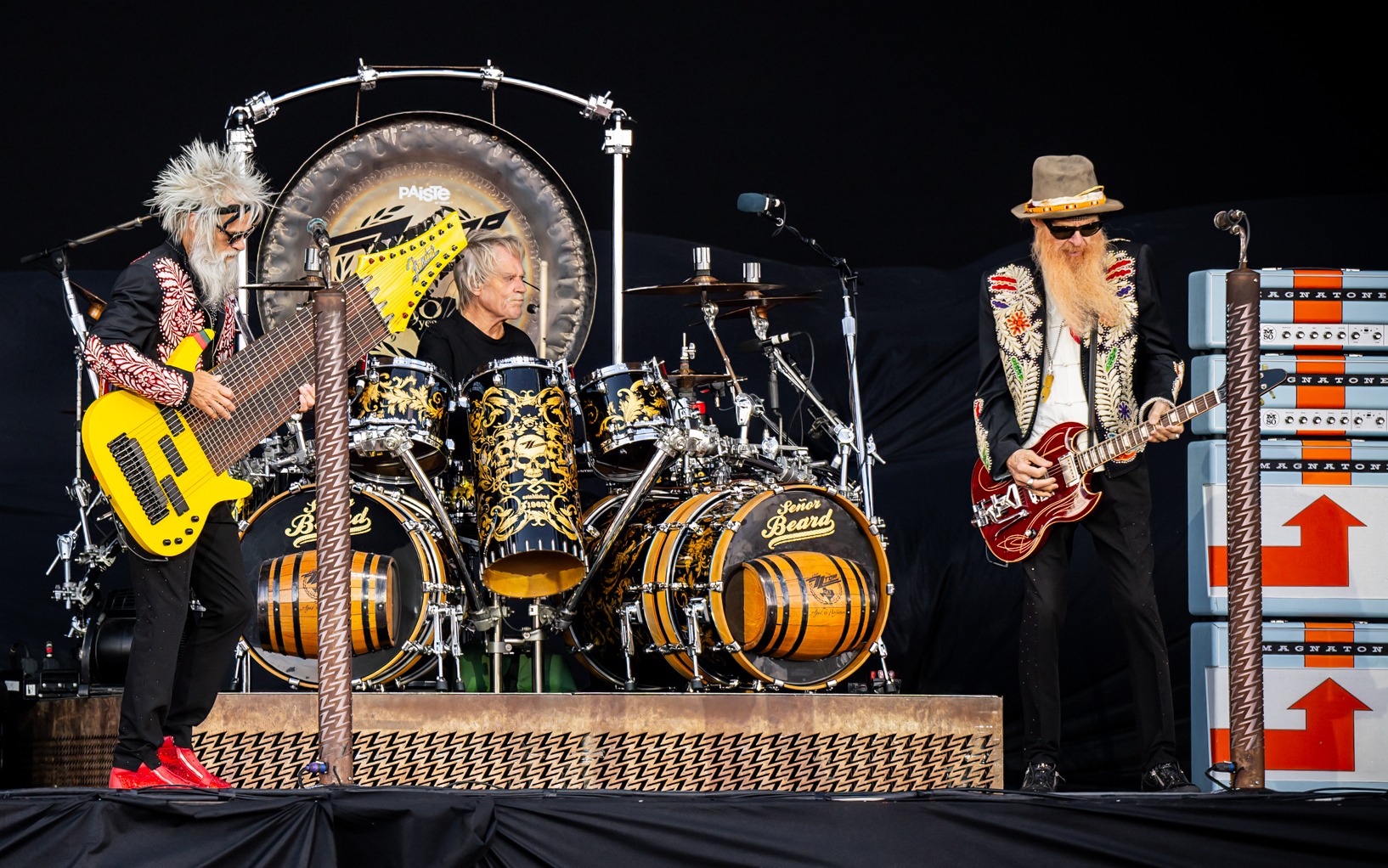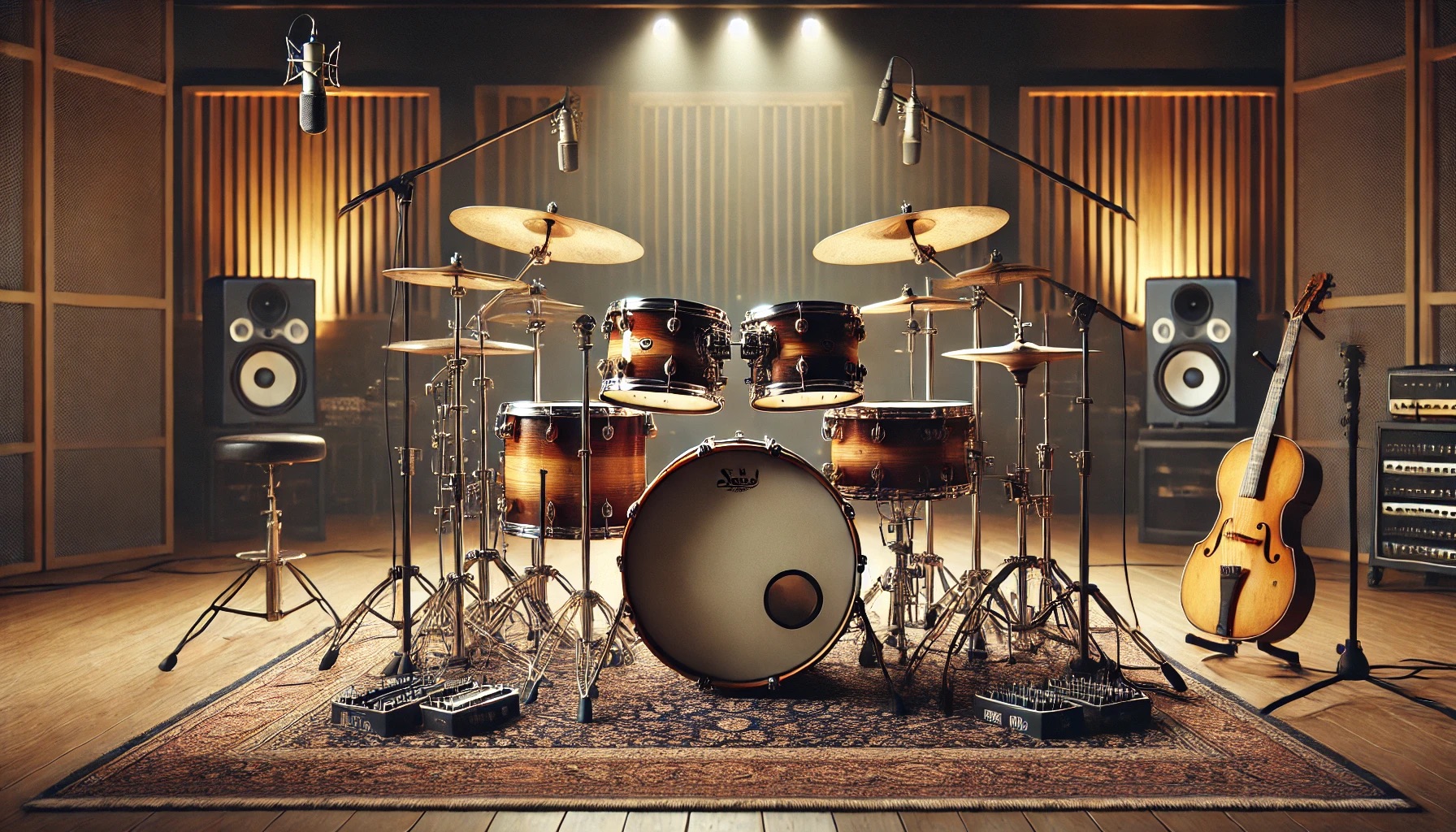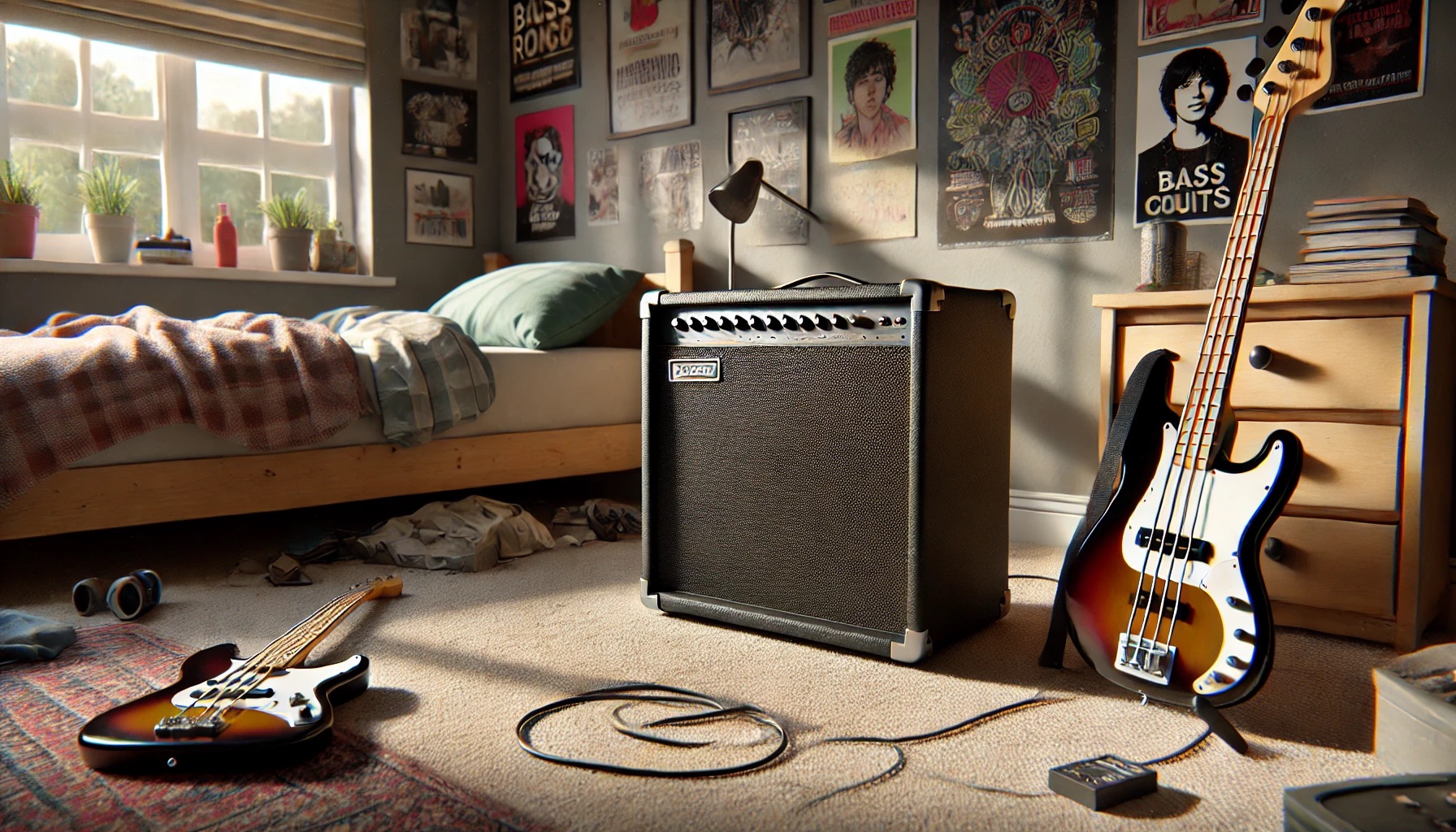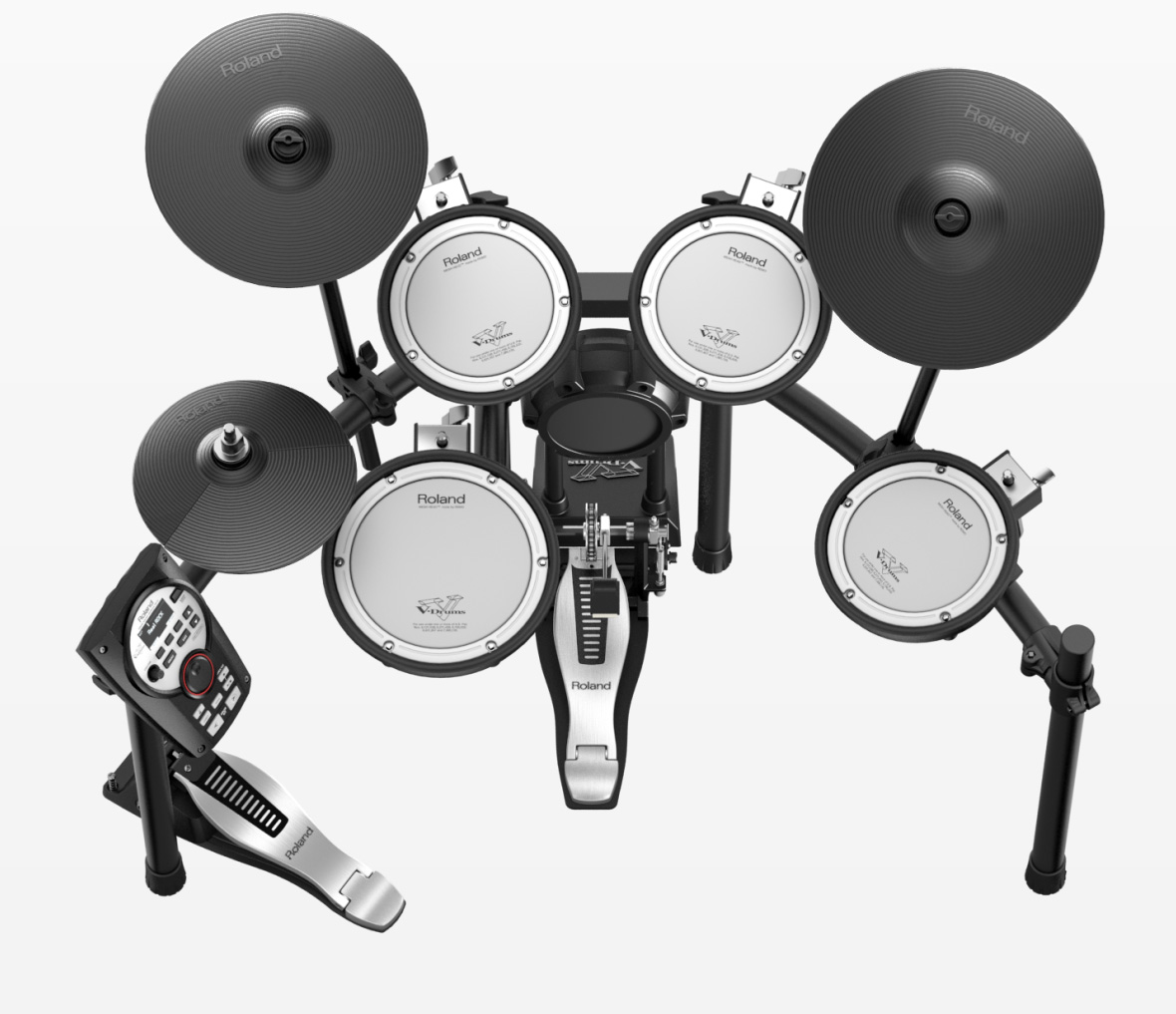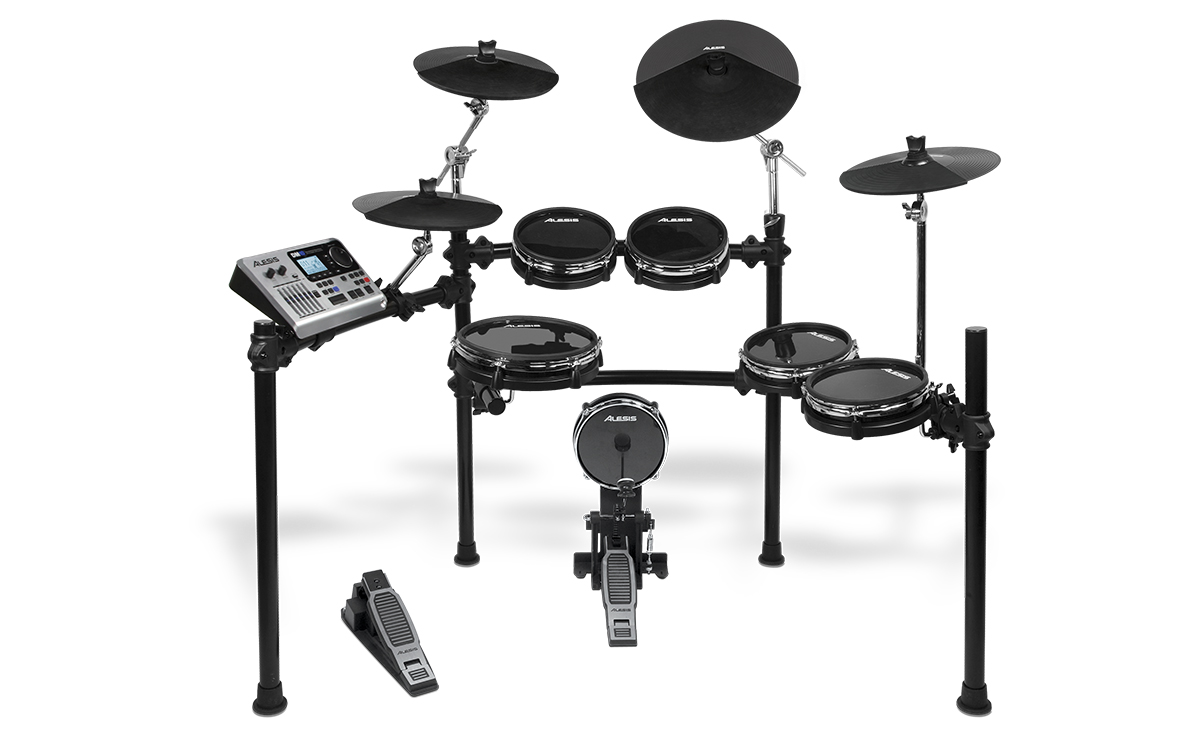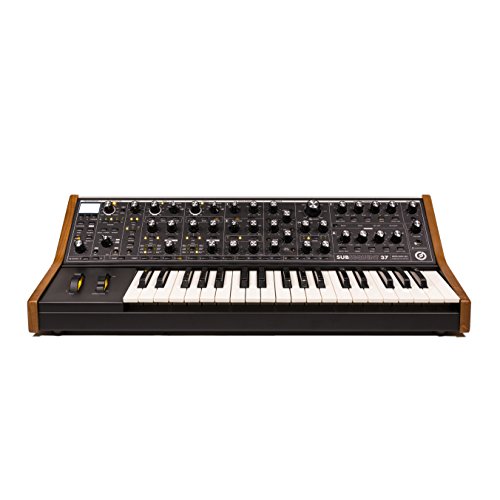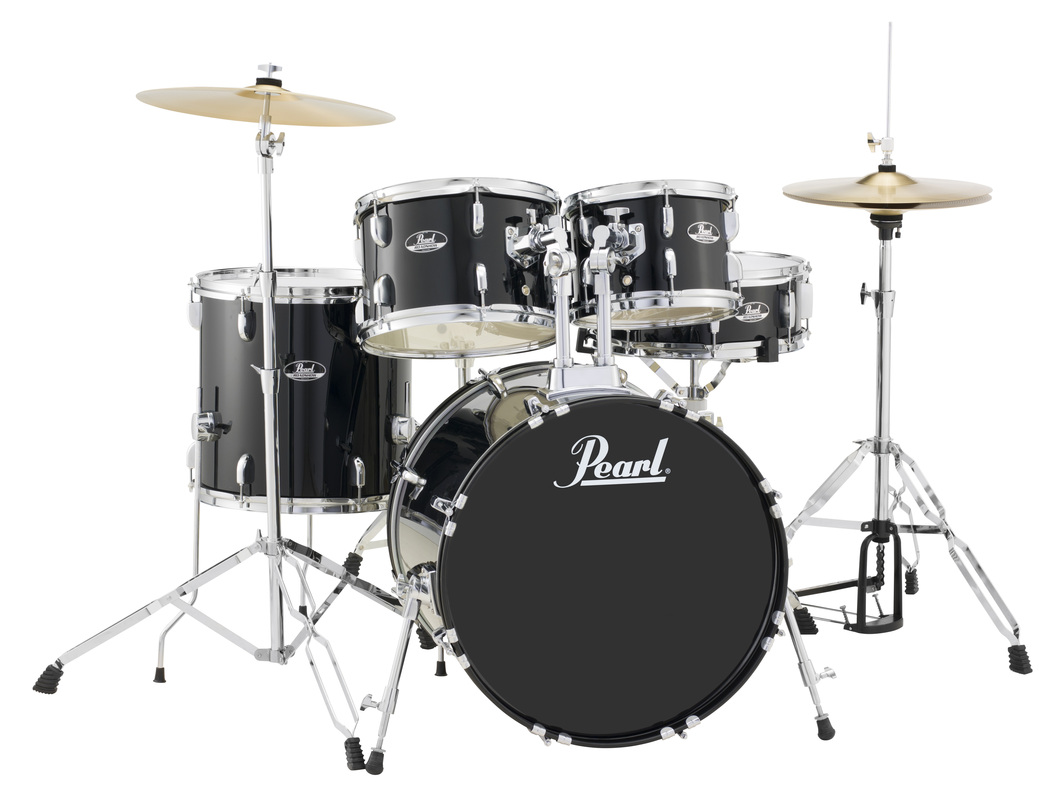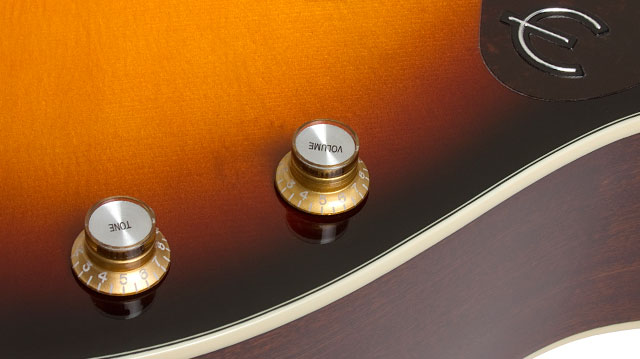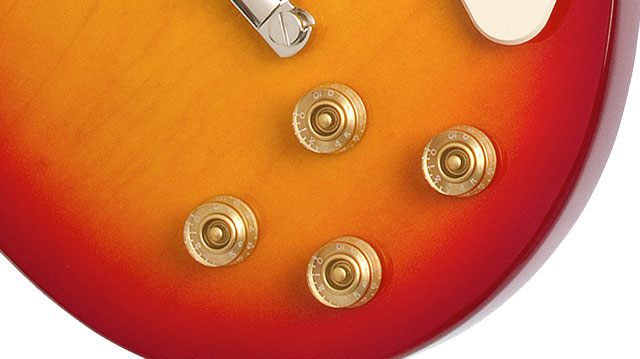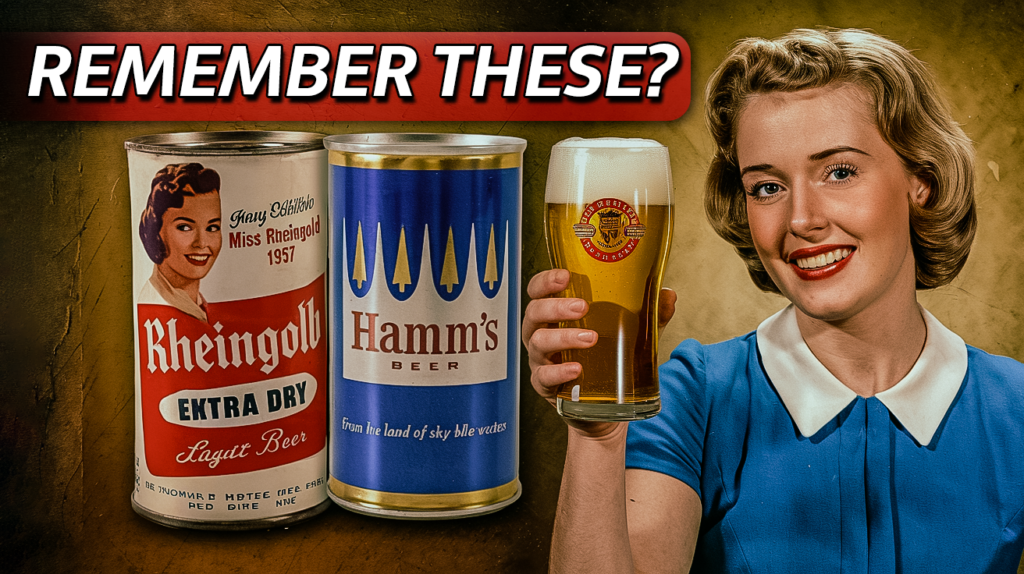
Mid-20th century American breweries like Schaefer, Blatz, and Ham’s were deeply rooted in their communities, crafting beers that became staples for millions. These breweries thrived by producing lagers and ales that paired well with everyday life—whether at backyard cookouts, family dinners, or the local pub after work. Their branding, from colorful cans to catchy slogans, turned these beers into recognizable icons that connected people across regions. Local pride played a big role in their success, with each beer carrying the identity of its hometown into bars and kitchens nationwide.
As the beer industry evolved, many of these breweries struggled to compete with the marketing budgets and distribution networks of larger national brands. The rise of lighter beers and changing consumer tastes further strained their ability to stay relevant. Mergers and acquisitions followed, leading to the disappearance of many names that had once defined the landscape of American beer. Today, these brands serve as snapshots of a vibrant era in brewing history, reminding enthusiasts of a time when beer wasn’t just a drink, but a part of daily rituals and regional identity.
20. Schaefer Beer
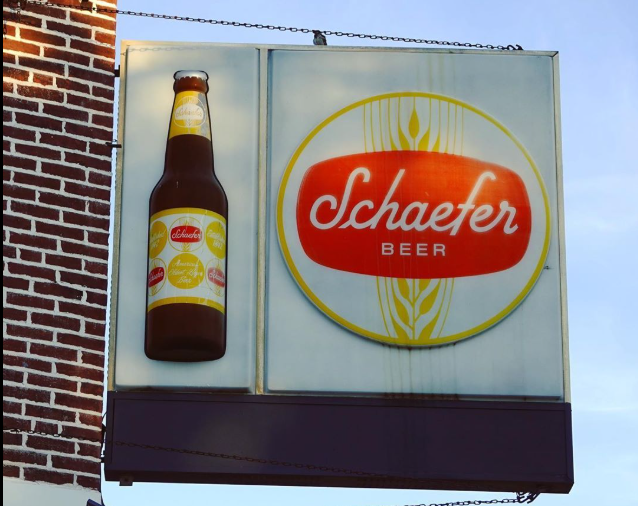
Schaefer Beer was a major player in the American brewing scene, crafted by the F&M Schaefer Brewing Company in Brooklyn, New York. Founded in 1842, it became a national success story by the 1960s, peaking in 1962 with an impressive 12 million barrels sold. Known for its crisp, clean taste and eye-catching red, white, and blue can, Schaefer was a staple in many households.
However, the 1970s and 80s brought challenges as consumer tastes shifted. Schaefer struggled to keep up with the changing market, leading to its acquisition by the Stroh Brewery Company in 1981. Today, while Schaefer still exists under the Pabst label, it lacks the independent spirit it once had, leaving many to reminisce about its golden days.
19. Blatz Beer
Blatz Beer, a Midwestern favorite brewed by the Blatz Brewing Company in Milwaukee, Wisconsin, was founded in 1847. By the 1960s, it had become a major force in the beer industry, peaking in 1966 with 85 million barrels sold. Known for its easy-drinking taste, Blatz was a popular choice among beer lovers.
Unfortunately, the company faced a series of mergers and acquisitions in the 70s and 80s, which ultimately led to the phasing out of the brand by the early 1990s. Despite occasional rumors of a revival, Blatz remains largely forgotten in the American beer scene, leaving fans to wonder what happened to this once-beloved brew.
18. Burgermeister Beer
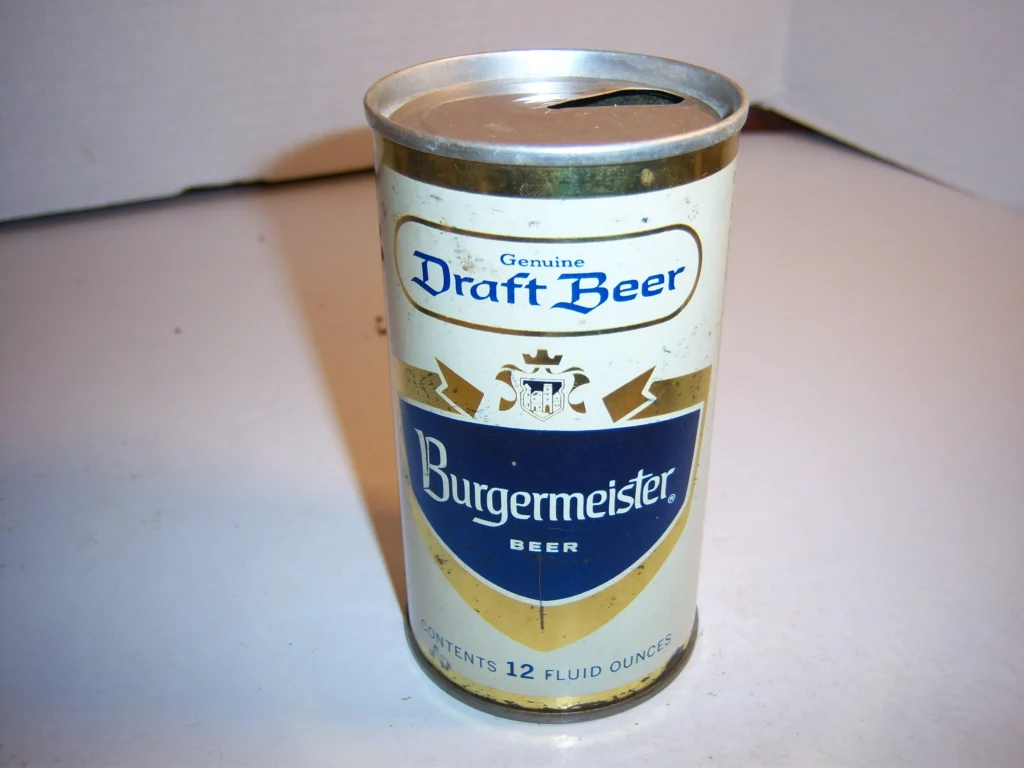
Burgermeister Beer was a budget-friendly brew that rose to fame in the 1960s, owned by the Burgermeister Brewing Corporation. At its peak in 1967, it sold a staggering 18 million barrels, making it one of the most popular beers of the era. Known for its affordability and catchy slogan, “It’s Burgermeister time!”, it became a go-to choice for many.
However, as consumer preferences shifted towards pricier, more premium beers in the 70s and 80s, Burgermeister struggled to maintain its market share. By the late 1980s, it faded from shelves, becoming a relic of the past, leaving behind a bittersweet nostalgia for its loyal fans.
17. Drewry’s Beer
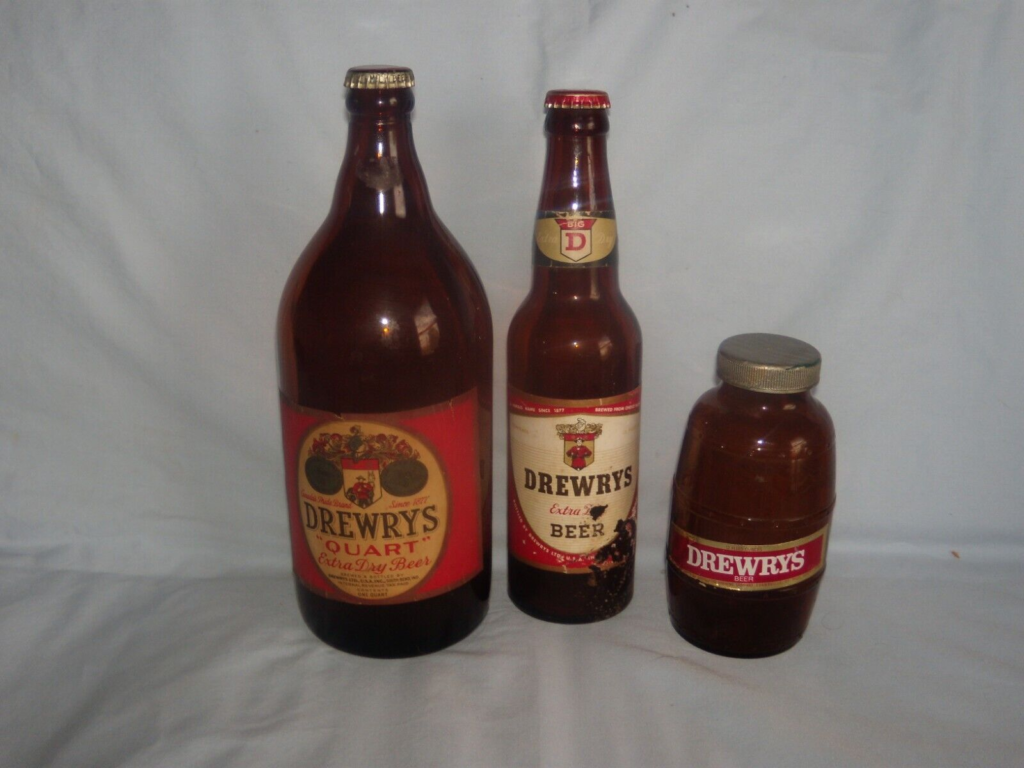
Drewry’s Beer enjoyed a loyal following in the Midwest during the 1960s, originally brewed by the Geo. Ral Brewing Company in Wheeling, West Virginia. It peaked in 1968 with 75 million barrels sold, known for its smooth, easy-drinking taste and iconic green glass bottle. The brand even had a memorable mascot, Mr. Drewry, who charmed audiences in advertisements.
However, the 1970s brought hard times as competition from national brands increased. After being sold to the Associated Brewing Company in 1963, Drewry’s bounced around between different owners, eventually disappearing from store shelves by the late 1980s. A revival attempt in 2011 failed to recapture the magic of the original, leaving Drewry’s as a fond memory for many.
16. Drewry’s Old Stock Ale
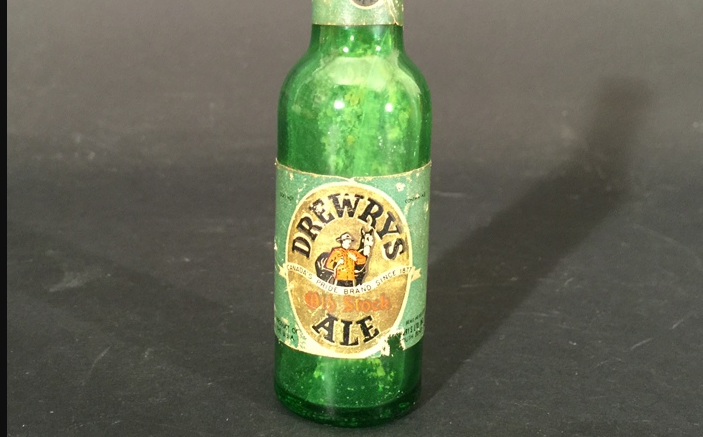
Drewry’s Old Stock Ale was a specific type of beer brewed by Drewry’s Brewery, known for its rich malt flavor. While exact sales figures are hard to come by, Drewry’s as a whole reached its peak in 1968, contributing to the overall success of the brand. Unfortunately, like its sibling beers, Drewry’s Old Stock Ale faced challenges in the 1970s due to increased competition and ownership changes.
Despite attempts to revive the brand, Drewry’s Old Stock Ale remains a shadow of its former self, a reminder of the changing tides in the beer industry and the challenges faced by many breweries during this time.
15. Fallstaff Beer
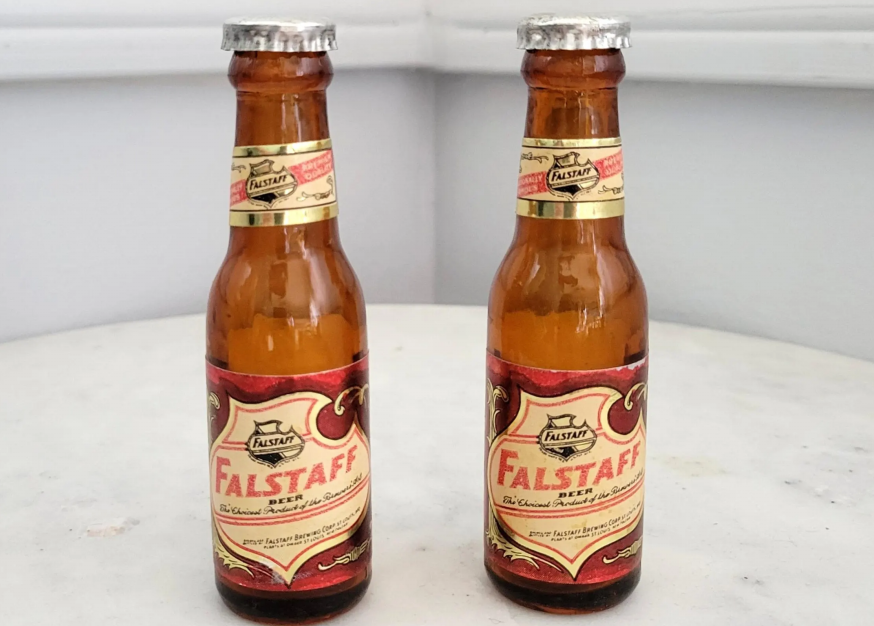
Fallstaff Beer, brewed by the Fallstaff Brewing Corporation in St. Louis, Missouri, was known for its easy-drinking lagers and memorable slogan, “Fallstaff, the refreshing taste.” The brand peaked in 1965, rivaling major players like Schlitz and Miller with over 7 million barrels sold.
However, the 1970s brought increased competition and a shift in consumer preferences towards lighter beers, leading to a downturn for Fallstaff. The company underwent a series of mergers and acquisitions, ultimately losing its independent identity. By the late 1980s, Fallstaff had faded from most store shelves, leaving behind a legacy that many beer enthusiasts still remember fondly.
14. Falls City Beer
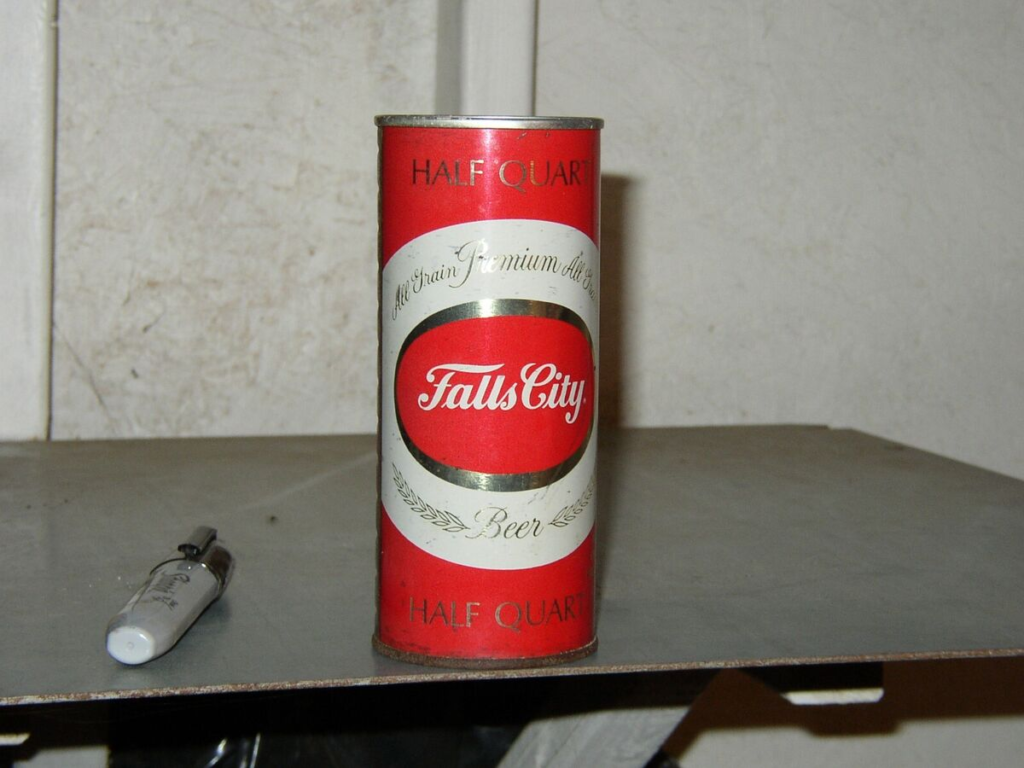
Falls City Beer, a Louisville legend brewed by the Falls City Brewing Company, was established in 1905. It enjoyed a prosperous run in the 1960s, competing with national brands and reaching a peak of 750,000 barrels sold annually. Known for its light-bodied pale lager, Falls City captured the hearts of many locals with its slogan, “Falls City, Louisville’s finest.”
However, the 1970s proved challenging as competition from national brands increased. After being acquired by the Human Brewing Company in 1975, Falls City slowly faded from shelves, despite a revival attempt in 2010. Today, it remains a regional player, a shadow of its former glory in the 1960s.
13. Goebel Beer
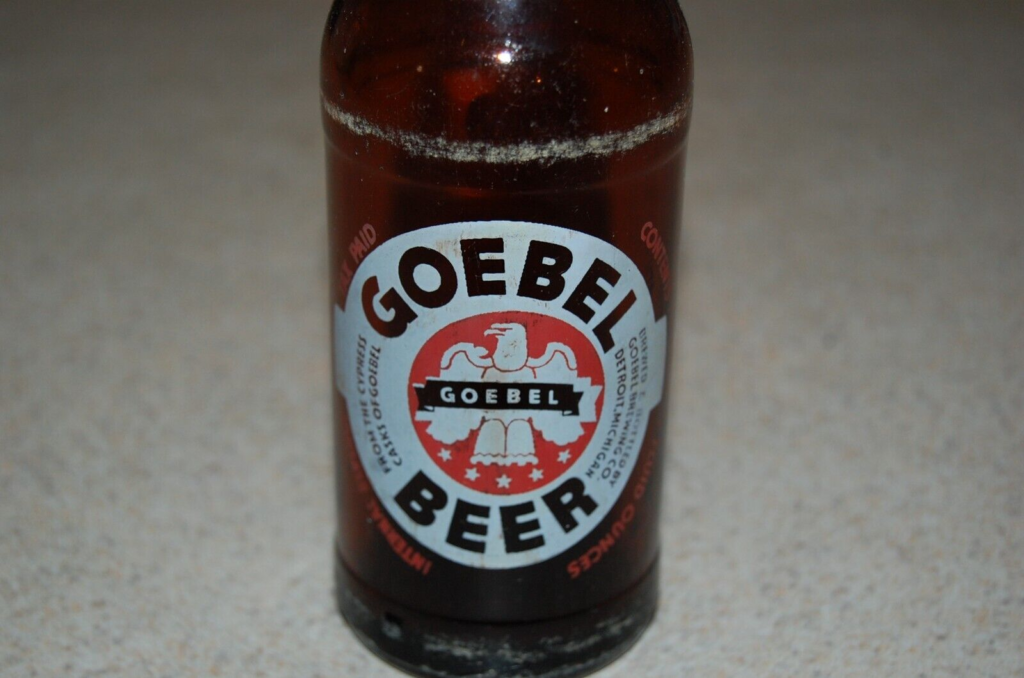
Goebel Beer was a Detroit favorite brewed by the Goebel Brewing Company, founded in 1873. By the 1960s, it was a household name in Detroit, known for its quality lagers and catchy slogan, “Goebel, the Goebel beer.” However, the 1970s brought a shift in consumer preferences towards lighter beers, and Goble struggled to adapt.
Acquired by the Stroh Brewery Company in 1979, Goebel’s presence began to shrink, and by the early 2000s, it had faded from most store shelves. Today, while the rights to Goebel Beer are held by Pabst Brewing Company, it remains largely forgotten, leaving behind memories of its heyday in Detroit.
12. Hamm’s Beer
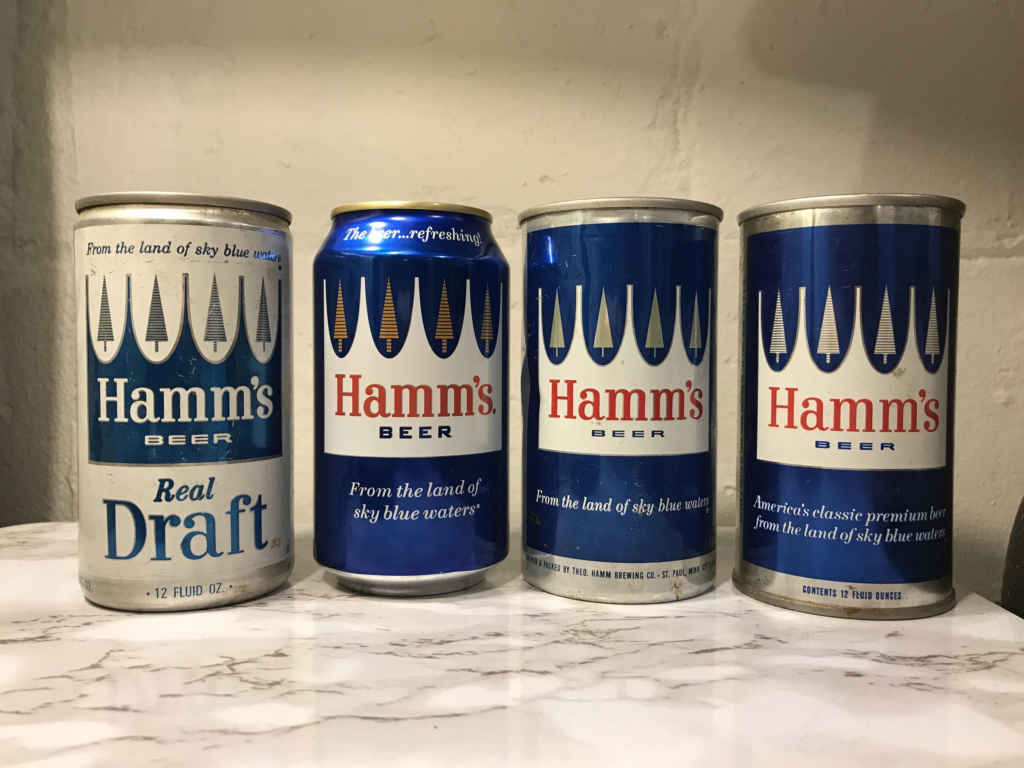
Hamm’s Beer, brewed by the Theodore Hamm Brewing Company in St. Paul, Minnesota, was a popular American lager founded in 1865. By the 1960s, Hamm’s had become a favorite at barbecues and social gatherings, peaking in 1968 with 7.8 million barrels sold. Known for its smooth taste and iconic red can, Hamm’s was a staple in many households.
However, the 1970s saw a major shift in consumer preferences towards lighter beers, and Hamm’s struggled to adapt. The company went through a series of acquisitions, and by the early 2000s, Hamm’s had faded from most store shelves, leaving behind a legacy that many beer enthusiasts still cherish.
11. Hudepohl Beer
Hudepohl Beer, a Cincinnati favorite brewed by the Hudepohl Brewing Company, was established in 1885. Known for its delicious lagers and cream ales, Hudepohl became a major force in the Ohio Valley by the 1960s. Their catchy slogan, “Hudepohl, the friendly beer,” resonated with many Cincinnati residents.
However, the 1970s brought a wave of change as consumer preferences shifted towards lighter beers. Hudepohl struggled to compete and eventually merged with the Schell Brewing Company in 1986. Despite its efforts, the Hudepohl brand slowly faded away, leaving behind a nostalgic memory for many.
10. Lucky Lager
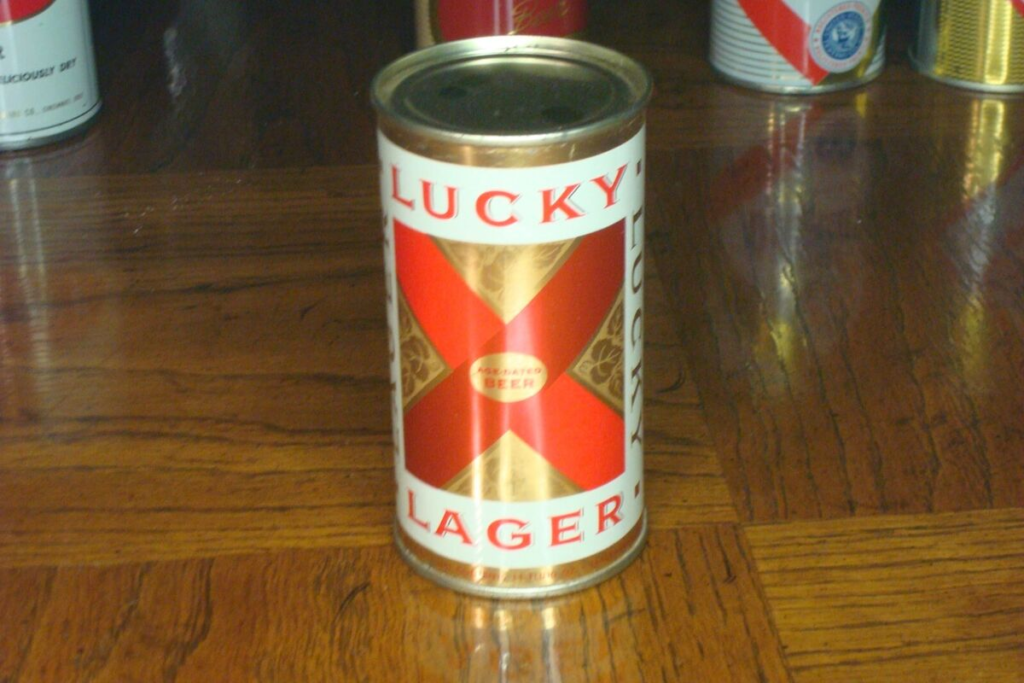
Lucky Lager, a Californian icon brewed by the General Brewing Company, was established in 1933. It quickly gained a loyal following, becoming the second best-selling beer in California by 1937. Known for its crisp, clean taste, Lucky Lager stood out on store shelves with its classic red, white, and blue can.
However, the 1970s and 80s saw a rise in the popularity of national brands, and Lucky Lager struggled to keep pace. Eventually acquired by Pabst Brewing Company in 1999, Lucky Lager is no longer widely available, leaving behind a legacy that many West Coast beer lovers still remember fondly.
9. Narragansett Beer
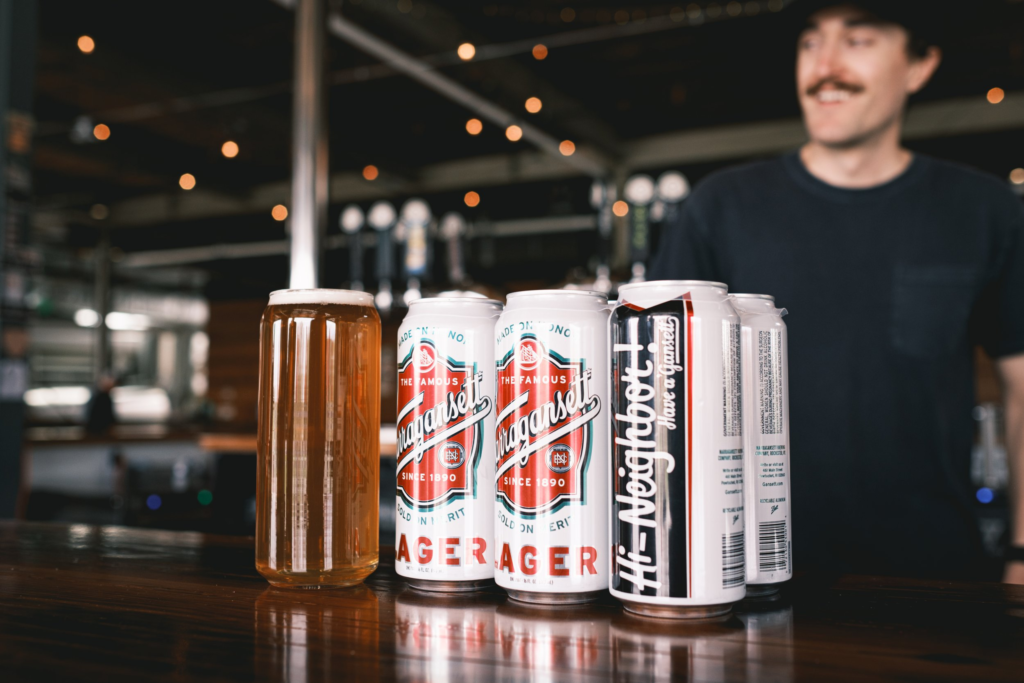
Narragansett Beer, a Rhode Island legend brewed by the Narragansett Brewing Company, was established in 1890. By the 1960s, it became the number one selling brand in New England, known for its smooth, easy-drinking lagers. Their iconic slogan, “Hi Neighbor, have a Narragansett!” became a familiar refrain throughout the region.
However, the 1970s brought a shift in the brewing landscape, and Narragansett struggled to compete with national brands. Production ceased in 1981, but in 2012, a group of investors revived the brand, showcasing the enduring love many have for this classic beer.
8. National Bohemian (Natty Boh)
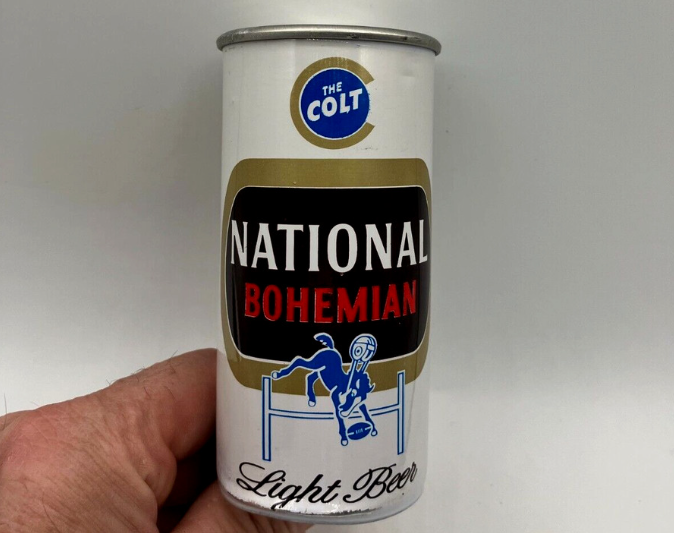
National Bohemian, affectionately known as Natty Boh, was a Baltimore sensation brewed by the National Brewing Company. Established in 1885, Natty Boh became a local champion by the 1960s, with nearly 90% of its sales occurring in Baltimore. Known for its easy-drinking lagers, Natty Boh’s quirky mascot, Mr. Boh, embodied the spirit of light-hearted fun.
However, the 1970s and 80s saw a rise in national brands, leading to a decline in Natty Boh’s popularity. Acquired by Pabst Brewing Company in 1979, it remains brewed today, but no longer holds the dominant position it once did in Baltimore.
7. Olympia Beer
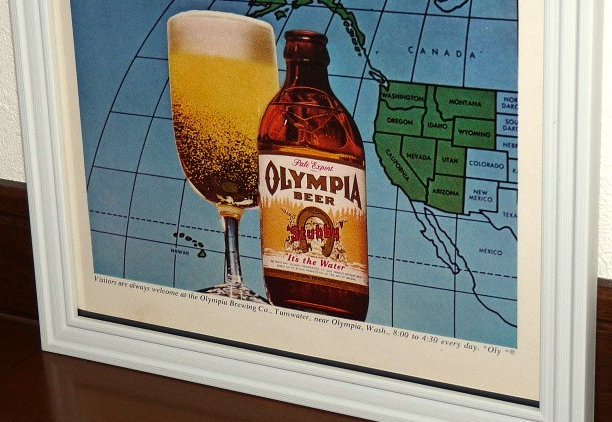
Olympia Beer, a Pacific Northwest icon brewed by the Olympia Brewing Company, was founded in 1896. Known for its crisp, clean lagers, Olympia gained a loyal following with its famous slogan, “It’s the water,” highlighting the pure water source used for brewing. By the 1960s, Olympia became a regional powerhouse, peaking in 1976 with 3.1 million barrels sold.
However, the late 1970s brought challenges as national brands gained popularity. Olympia struggled to compete and went through several acquisitions, ultimately losing its local identity. Production ceased in 2003, and while Pabst Brewing Company still owns Olympia Beer, it no longer holds the same regional dominance.
6. Pabst Blue Ribbon (PBR)
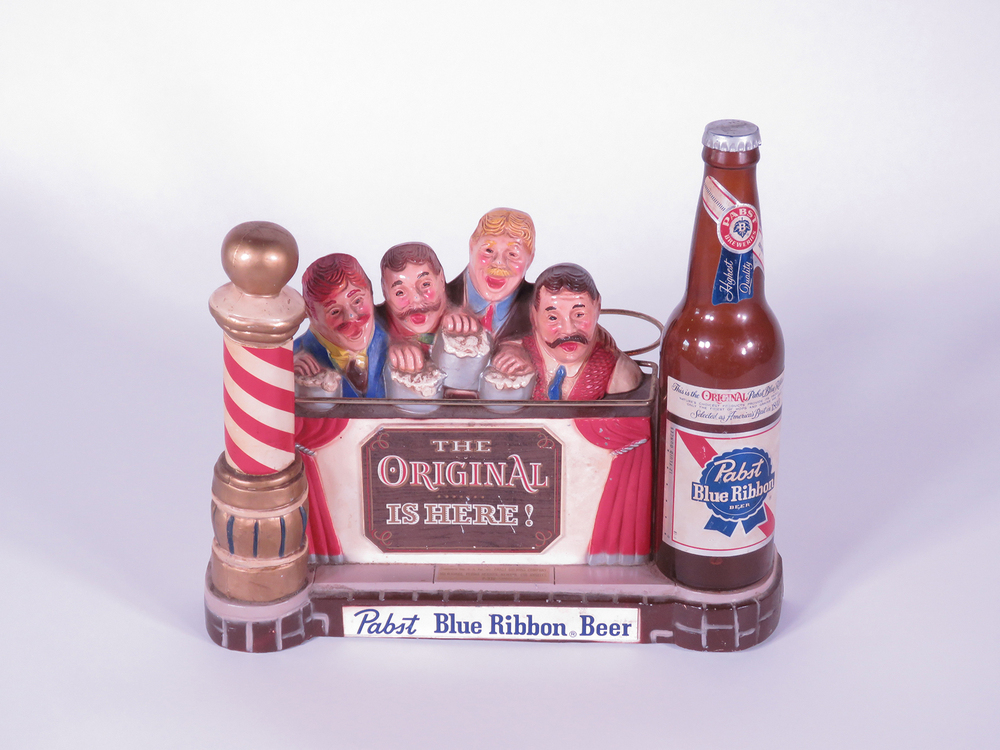
Pabst Blue Ribbon, or PBR, is an anomaly on this list. While it surged in popularity during the 1960s, it never truly disappeared. Originally called Best Select, Pabst Brewing Company established itself in 1844. By the 1960s, PBR was known for its affordability and crisp taste, becoming associated with counterculture movements.
Today, PBR remains a relevant player in the beer scene, often seen as a hipster favorite. Unlike the other beers on this list yearning for a comeback, PBR has successfully adapted to changing times, maintaining its place in the hearts of many.
5. Piels Beer
Piels Beer, a New York favorite brewed by the Piels Brothers Brewery, was a major force in the Northeast during the 1960s. Founded in Brooklyn in 1881, Peels became known for its light, easy-drinking lagers. Their famous slogan, “Piels Pilsner, it’s Piel good,” captured the essence of their brand.
However, the 1970s brought a wave of change as consumer preferences shifted towards lighter beers. Piels struggled to adapt and was acquired by Schaefer Brewing Company in 1972, eventually fading away from store shelves by the early 2000s.
4. Red Top Beer
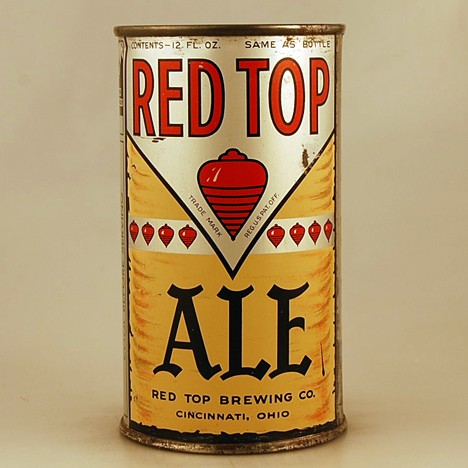
Red Top Beer, brewed by the Red Top Brewing Company in Cincinnati, Ohio, was a beloved brew known for its crisp taste and smooth finish. Gaining popularity in the Midwest during the mid-1960s, Red Top boasted impressive sales figures with over half a million barrels sold annually.
Despite its success, Red Top faced stiff competition from larger breweries and changing consumer preferences. This ultimately led to its discontinuation in the late 1960s, leaving behind a nostalgic yearning for its crisp taste among beer enthusiasts.
3. Rheingold Beer
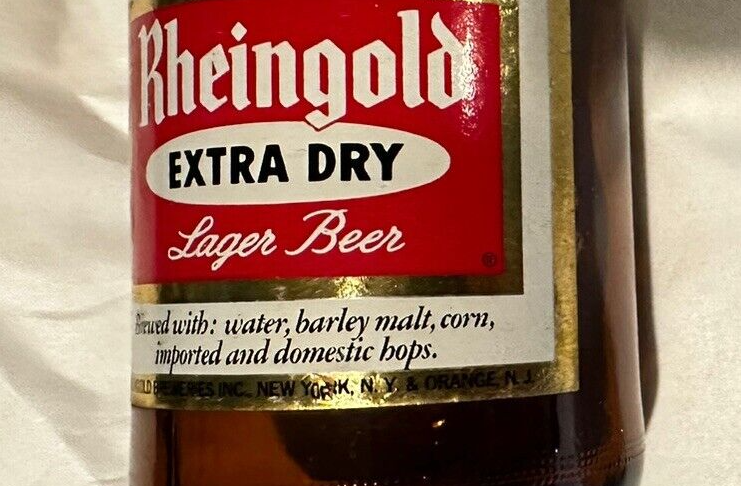
Rheingold Beer, once a New York icon brewed by the Liebmann Brewery, thrived for over a century. By the 1950s and 60s, Rheingold became a national success story, known for its smooth taste and catchy advertising campaigns. However, the 1970s brought challenges as rising labor costs and fierce competition squeezed profits.
After being sold to Pepsi Cola bottlers in 1964, attempts to revive the brand fell short. Production ceased in 1976, and Rheingold slowly faded from shelves, leaving behind a legacy that many beer lovers still remember fondly.
2. Ballantine Ale
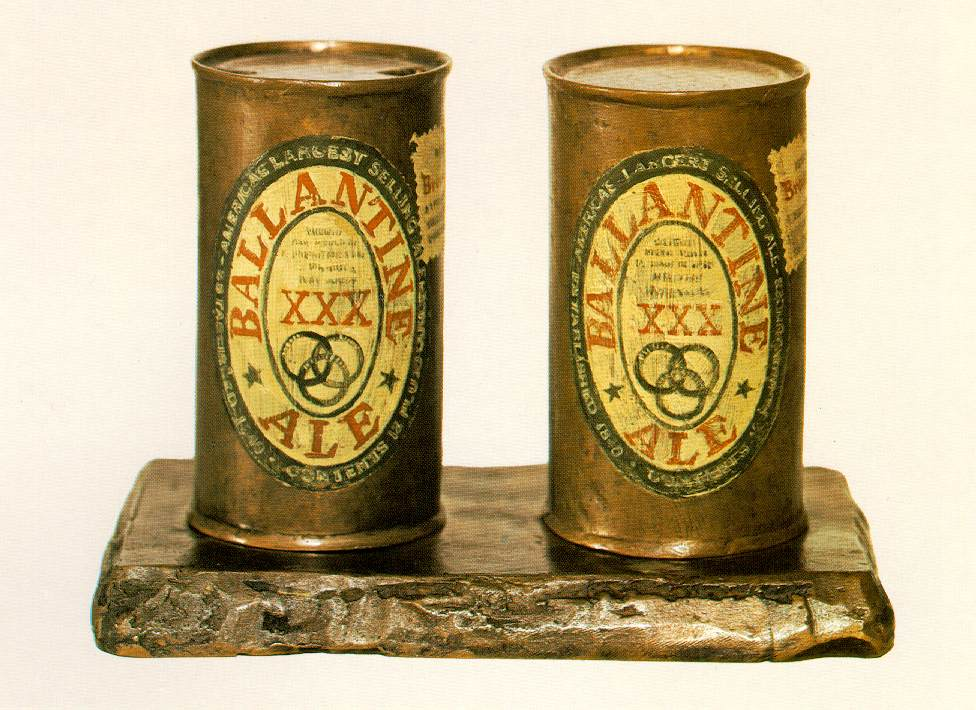
Ballantine Ale, brewed by the P. Ballantine and Sons Brewing Company in Newark, New Jersey, gained a loyal following throughout the Northeast for its quality ales. Known for its unique oak-aged flavor, Ballantine enjoyed success alongside other offerings like Ballantine IPA.
However, the 1970s marked a turning point as national brands gained popularity. By the 1980s, Ballantine Ale production ceased, but it remains a noteworthy reminder of a time when craft beers thrived. Recent years have seen renewed interest in these forgotten styles, with some craft brewers attempting to recreate the essence of Ballantine Ale.
1. F&M Schaefer Brewing Company
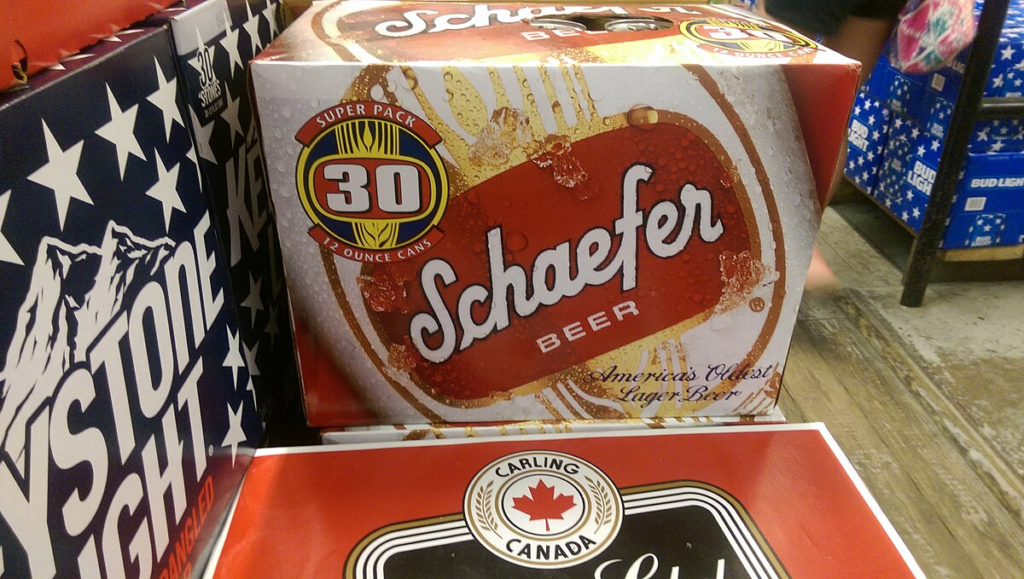
The F&M Schaefer Brewing Company, once a New York giant, brewed Schaefer Beer, a popular American-style lager. Founded in Manhattan in 1842, it became one of the most successful breweries in the United States. Known for its consistent quality and easy-drinking lagers, Schaefer peaked in the 1960s.
However, increasing competition and changing consumer preferences took a toll. After being acquired by the Stroh Brewery Company in 1981, production ceased in 1986, marking the end of an era. Today, Schaefer Beer is still brewed under the Pabst Brewing Company umbrella, but it no longer holds the same significance in the American beer scene.
